Product
About Product
The aroma from each sip expands and envelops you. Enjoy the synergy with food!
About Product
The aroma from each sip expands and envelops you. Enjoy the synergy with food!
Manufacturing Process
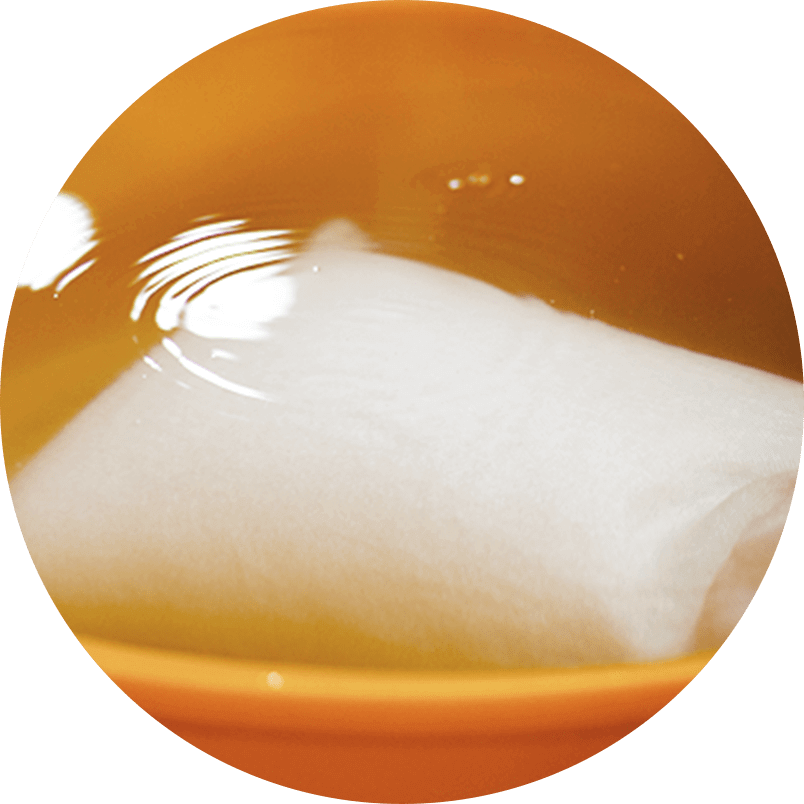
We begin by rinsing and soaking the rice in three-minutes intervals, to allow limited water absorption.
The rate of absorption is carefully controlled according to the variety of rice, polishing ratio, drying period after polishing, and daily changes in temperature and humidity. The rate of water absorption makes a blueprint for the sake’s character.
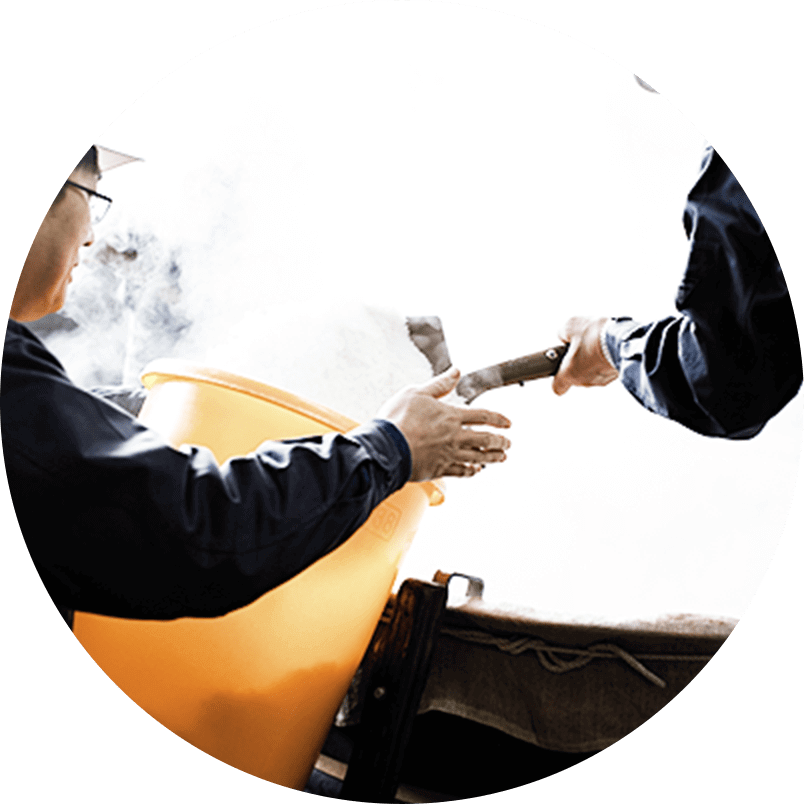
Steaming breaks the molecular bond of starch into amylose and amylopectin, which can be acted upon by the enzymes in koji. Steaming time must be precise to control fat content and protein denaturation.
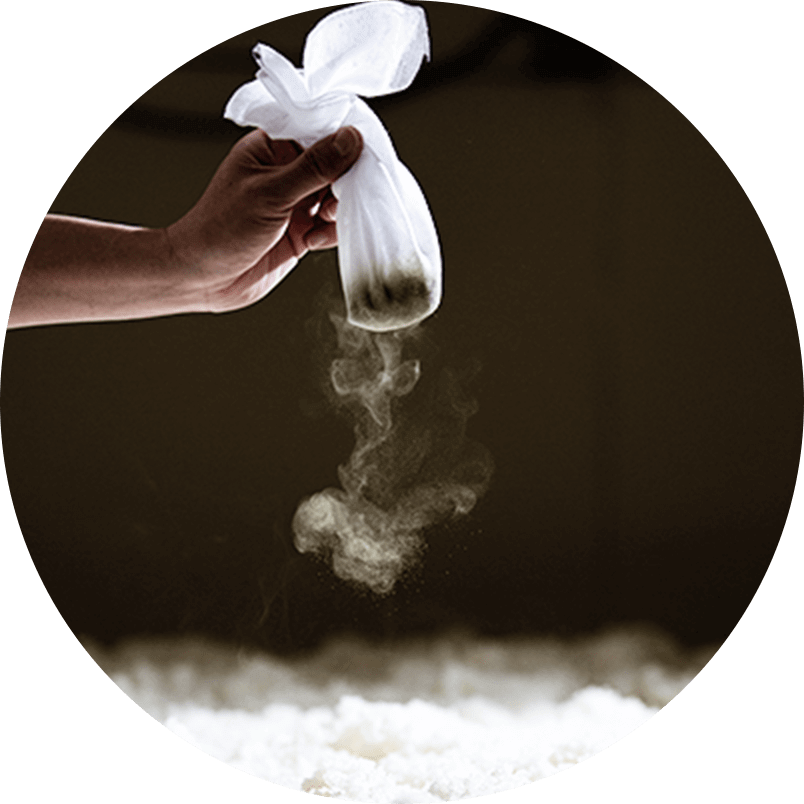
Cultivation koji (a helpful mold called Aspergillus oryzae) on rice is a critical process that effects the taste and aroma of the finished product. During the 24-hour process, controlling the temperature and humidity—and observing the texture, scent and flavor of the koji—uses all five senses, and requires both mental and physical fitness.
We let koji ripen and dry on the surface of each grain of rice, to produce a complex flavor.
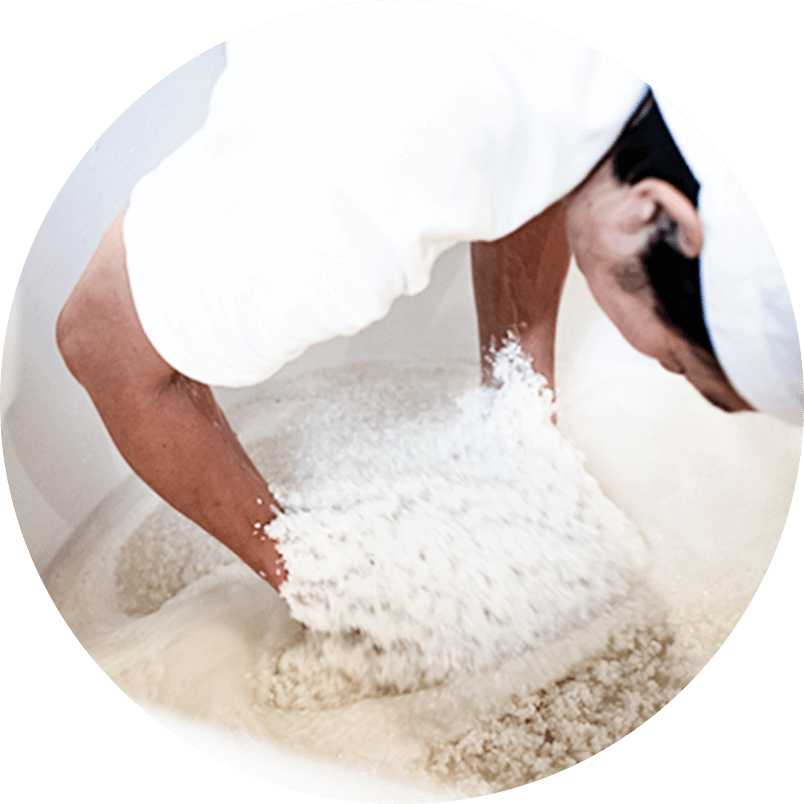
Yeast is cultured with rice and koji to make shubo (the sake mother, or starter culture). We use lactic acid to protect against unwelcome microorganisms. We mix it three times a day by hand, to avoid damaging the grains of steamed rice. Strong yeast is essential for a healthy fermentation process.
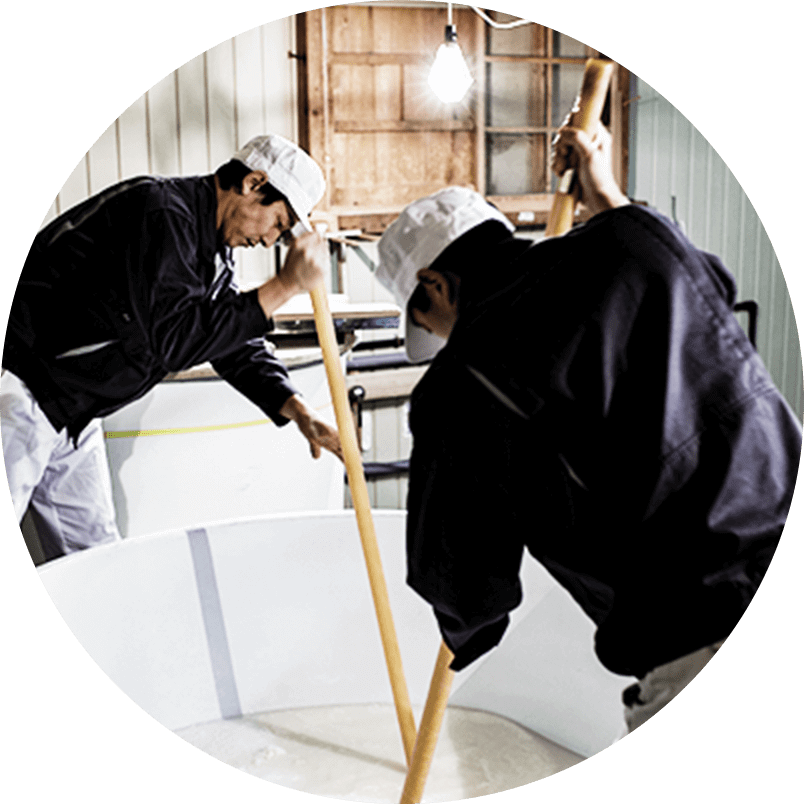
The shubo is transferred to a tank for mashing. Each tank gets three additions of rice, koji, and water through the course of fermentation (our junmai gets a fourth feeding). Unfiltered sake needs precise quality control; during this period it’s essential to keep the temperature low for healthy fermentation.
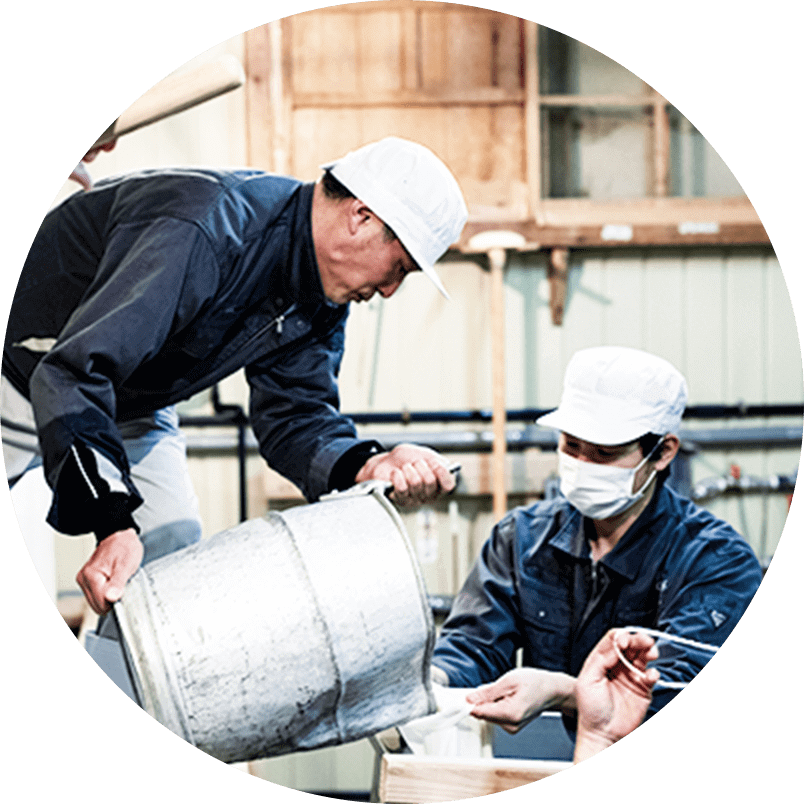
Fermentation takes about thirty days, followed by two to three days cooling; after that the sake is pressed to separate liquid from solids. Most of our sake is pressed with a Yabuta, but we use the cloth bag drip method for a portion of our daiginjo—tasting it, the hardship is rewarded.
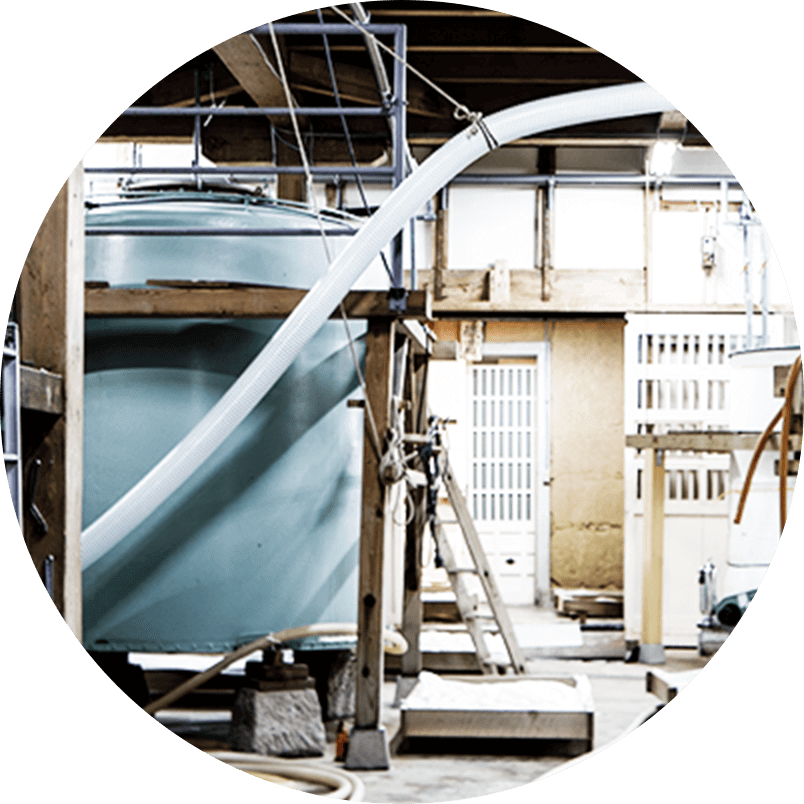
Minimal and careful charcoal filtering is used for some machine-pressed sake, depending on the variety.
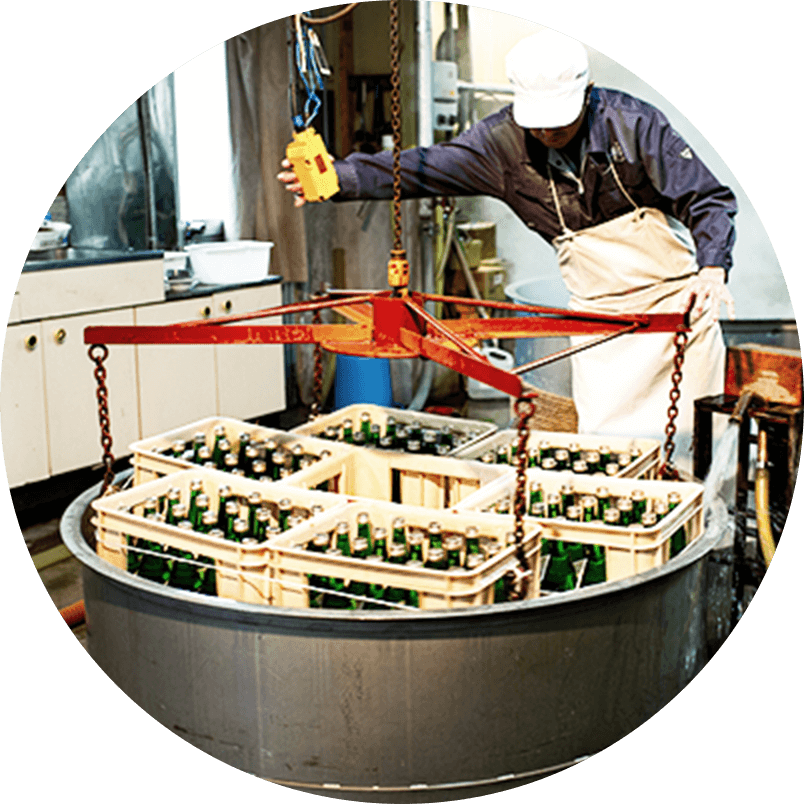
Pressed sake is bottled, then pasteurized by quickly bringing the temperature up to 65 degrees Celsius to deactivate enzymes. The pasteurized bottles are rapidly cooled by water to below 20 degrees Celsius to keep the fresh flavor. We try to complete this process within in a month of pressing.
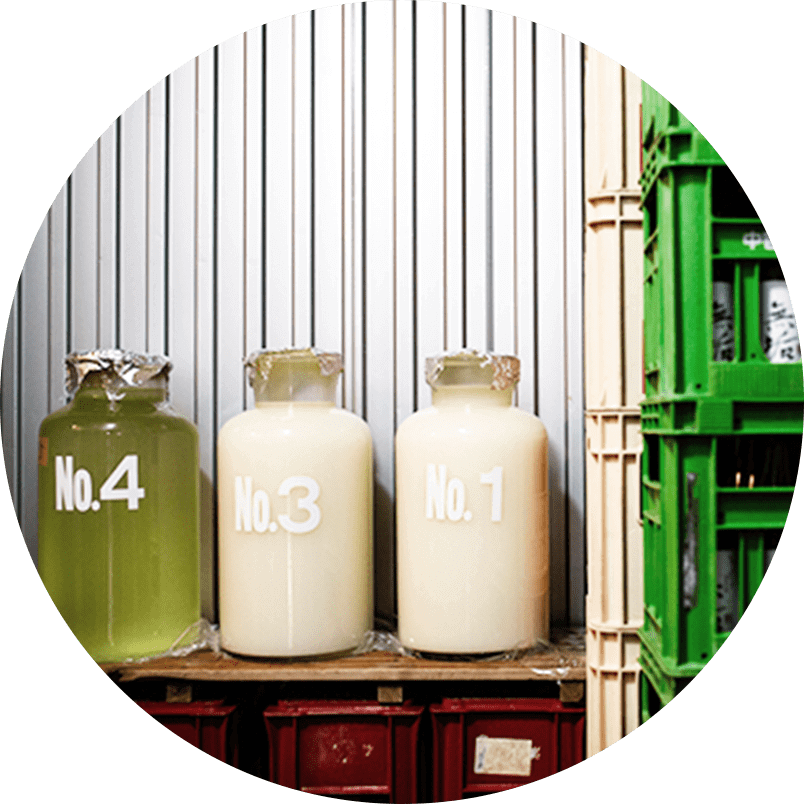
The flavor of sake is constantly changing, even in the bottle. Each variety of sake has a different peak. Our bottles are kept at a low temperature until shipment to maintain balanced flavor.
Product Description
We make pure sake that you know is Shishi no sato from first sip, with a gentle flavor that’s easy to drink. We want to make saké that weaves each note of food into a melody♪
Matsuura Shuzo’s Sake
All Shishi no sato products are junmai.
【Junmai Daiginjo】Yamadanishiki 40% polishing rate rice / Aiyama 50% polishing rate rice
【Junmai Ginjo】Shun / Sen / Sake wo tabeteiru
【Junmai】Chokara Junmai / Shishi no sato
【Seasonal】Muku / Kizuna / Oryzae / Akiagari Chokara Junmai
Kasu
Sake kasu (lees), the sediment that is a by-product of sake-making, is a blessing from nature. It contains more than 200 kinds of enzymes and microbes good for your health and skin. Please use it as a secret ingredients for cooking!
Gift Goods
Please enjoy the distinct personality of saké rice in each bottle. Ask us about gift sets.